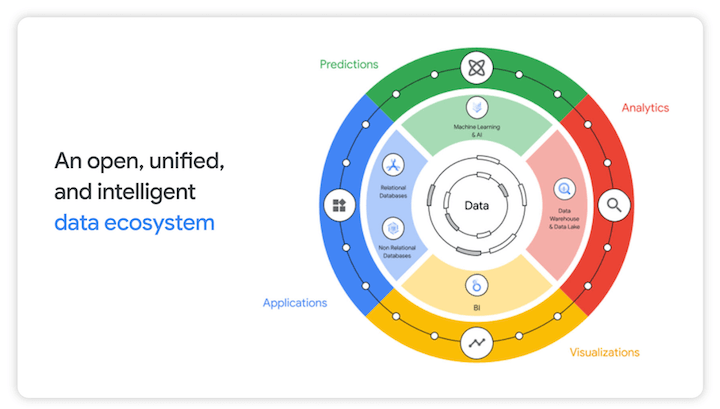In a new working paper released Thursday from the Mercatus Center, a free-marketplace-oriented feel tank based out of George Mason College, professor Philip E. Auerswald argues that taking away labor marketplace boundaries and complex boundaries to entry are crucial for realizing the added benefits of in-dwelling health care, including telehealth.
Property health care, as Auerswald describes it, contains clinical household calls, wellbeing agency treatment, technologies these types of as distant individual-monitoring products and telehealth.
“Each and every of the four elements of dispersed wellbeing services has progressed rapidly in excess of the previous ten years, far more or considerably less independently of the other individuals,” Auerswald wrote.
HIMSS20 Digital
“As these service designs start out to converge and strengthen one particular a different in the ten years to come, the disruption of today’s institution-centered modes of wellbeing service delivery in favor of individual-centered, largely dwelling-based designs is possible to intensify, whether or not these types of a improve is intentionally highly developed by policymakers,” he argued.
In his review, Auerswald located that labor marketplace boundaries to entry, such as licensing needs, and complex boundaries to entry, such as regulatory approvals and interoperability standards, constitute “the most major boundaries to entrepreneurial entry.”
WHY IT Issues
Auerswald notes that the foreseeable future of in-dwelling treatment, while uncertain, is possible to broaden beyond what is at present out there. These opportunity services include things like e-consults, computer system-based cognitive behavioral treatment, electronic picture-enabled dermatology, and apps for behavioral modification these types of as using tobacco cessation, amongst other individuals.
Nevertheless, he mentioned, the boundaries at present in location avert unfettered growth into these arenas.
In buy to cut down labor-marketplace and regulatory hurdles, Auerswald recommended that states reform licensing limitations to enable nurse practitioners and other nonphysicians to do far more in phrases of long-term and wellness treatment, and that the U.S. Section of Overall health and Human Companies “have interaction in an energetic dialogue” with wellbeing boards and associations about adjusting accreditations to include things like gurus specializing in cell treatment delivery, amongst other coverage changes.
Pertaining to complex boundaries to entry, Auerswald’s tips included urging the U.S. Centers for Medicare and Medicaid Companies to lengthen administrative overall flexibility close to increased portability of licensure for telehealth service companies. He also mentioned policymakers ought to renew their determination to growing broadband obtain through the region.
“States and the federal federal government ought to operate to harmonize definitions and laws (e.g., licensure and privateness) as they pertain to telehealth service provision, organizing close to the procedures in pioneering states that have most productively obtained cost reductions and service advancements by the use of telehealth,” Auerswald wrote.
THE Larger sized Trend
Though it’s distinct that changes will have to be produced to the regulatory landscape to safeguard telehealth obtain in the extensive time period, stakeholders are not unified in what these changes ought to seem like.
Numerous legislators, for instance, have advocated for the elimination of originating and geographic web site restrictions on the use of telehealth in Medicare. But the facts of telehealth reimbursement are still unknown.
And licensure stays a thorny issue, with the American Healthcare Association and other teams calling on CMS this summer months to sunset pandemic-period waivers connected to scope of observe.
ON THE History
“Provided what we have already professional with COVID, returning health care to the dwelling with far more telehealth, clinical wellbeing calls, and peer-to-peer wellbeing service provision is highly possible to be a enormous pattern in excess of the up coming quarter century,” Auerswald mentioned in a assertion provided to Healthcare IT Information.
“Nevertheless, federal government at the two the condition and federal levels requirements to do far more to remove burdensome laws so the labor marketplace and technologies business can innovate,” he added.
Kat Jercich is senior editor of Healthcare IT Information.
Twitter: @kjercich
Electronic mail the writer: [email protected]
Healthcare IT Information is a HIMSS Media publication.




More Stories
5 Ways to Use Google Data Studio to Improve Your SEO
5 Takeaways From A Great Game Coach on Employee Ownership And Engagement Strategies
IPO-bound OYO reports ₹333-crore net loss in Q2, adjusted EBITDA grows 8x